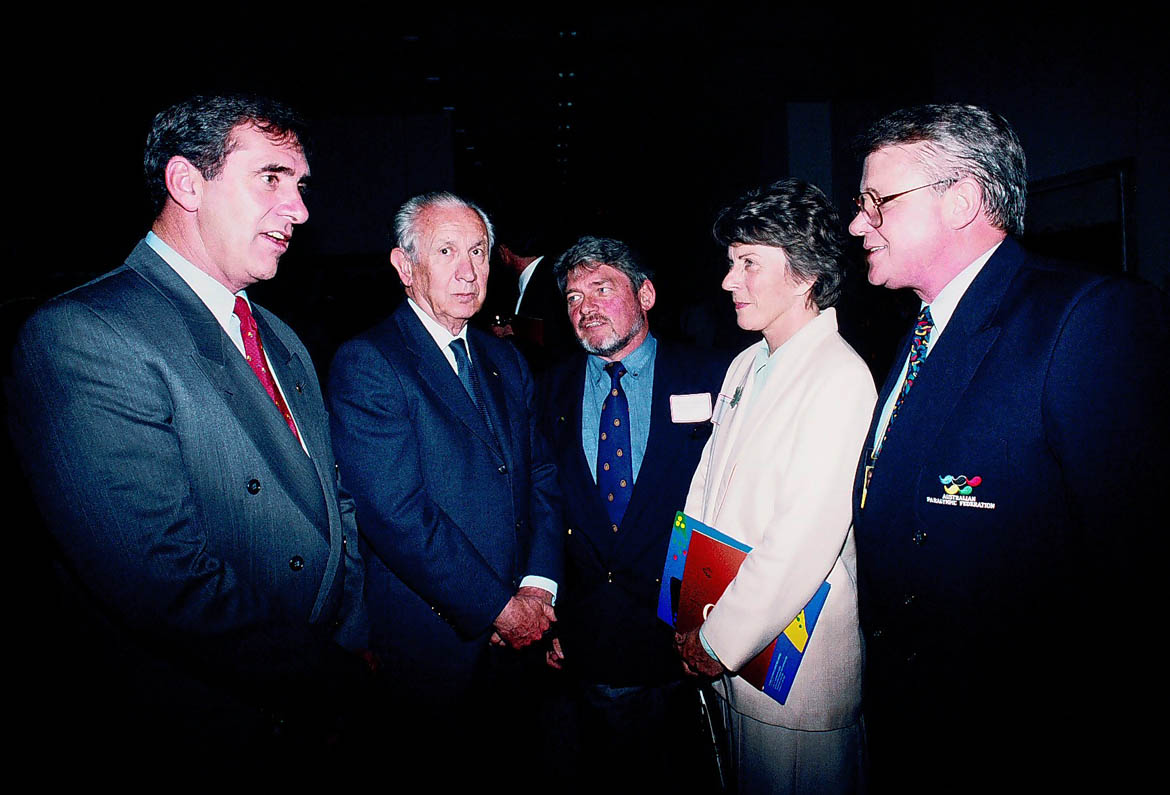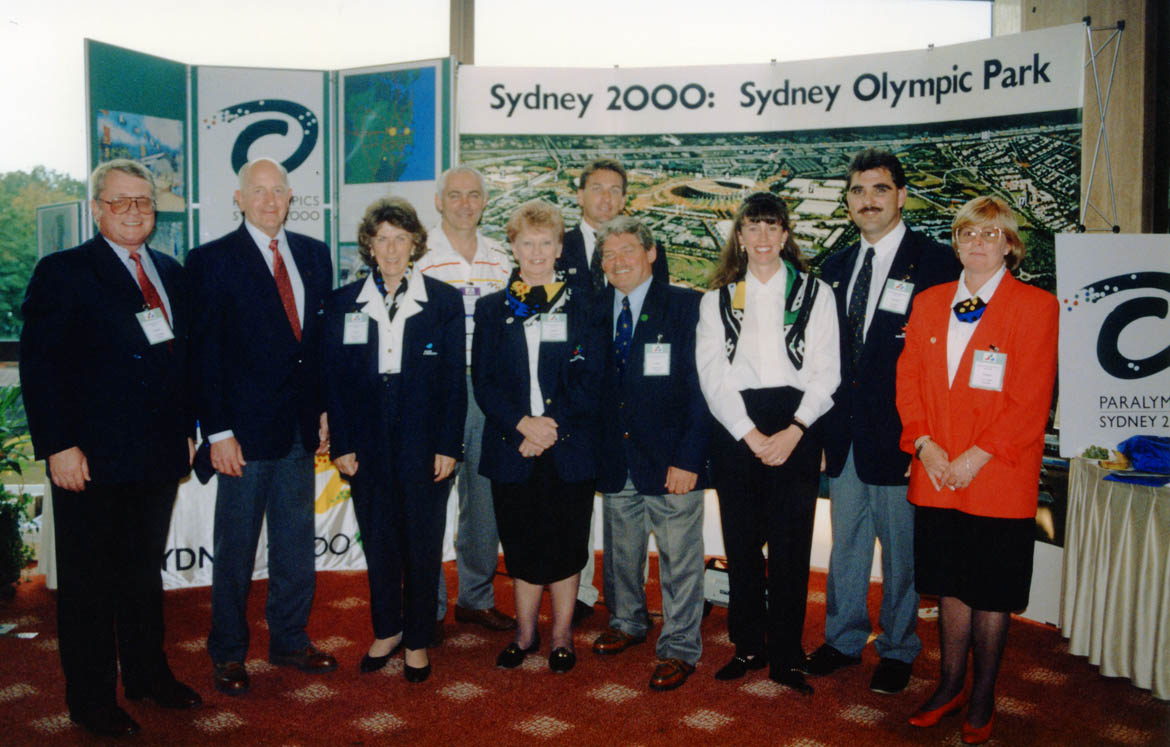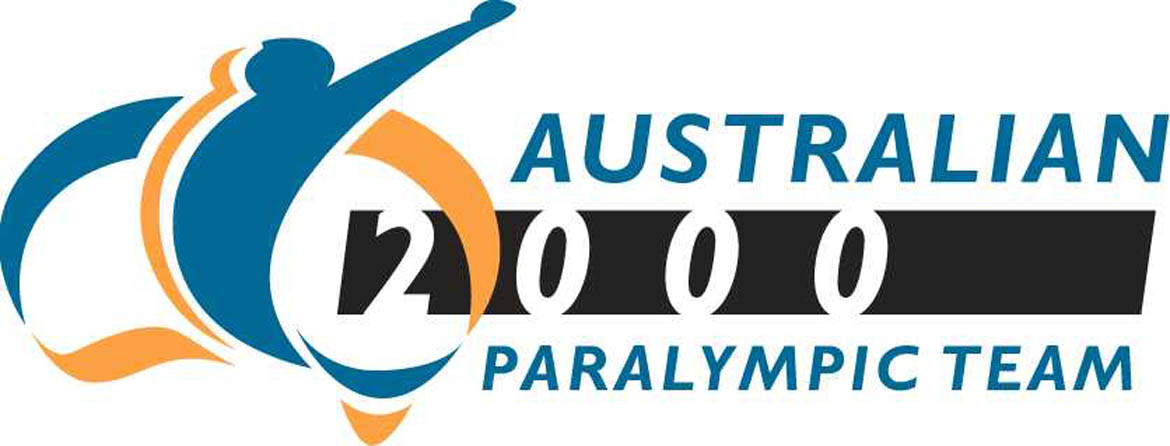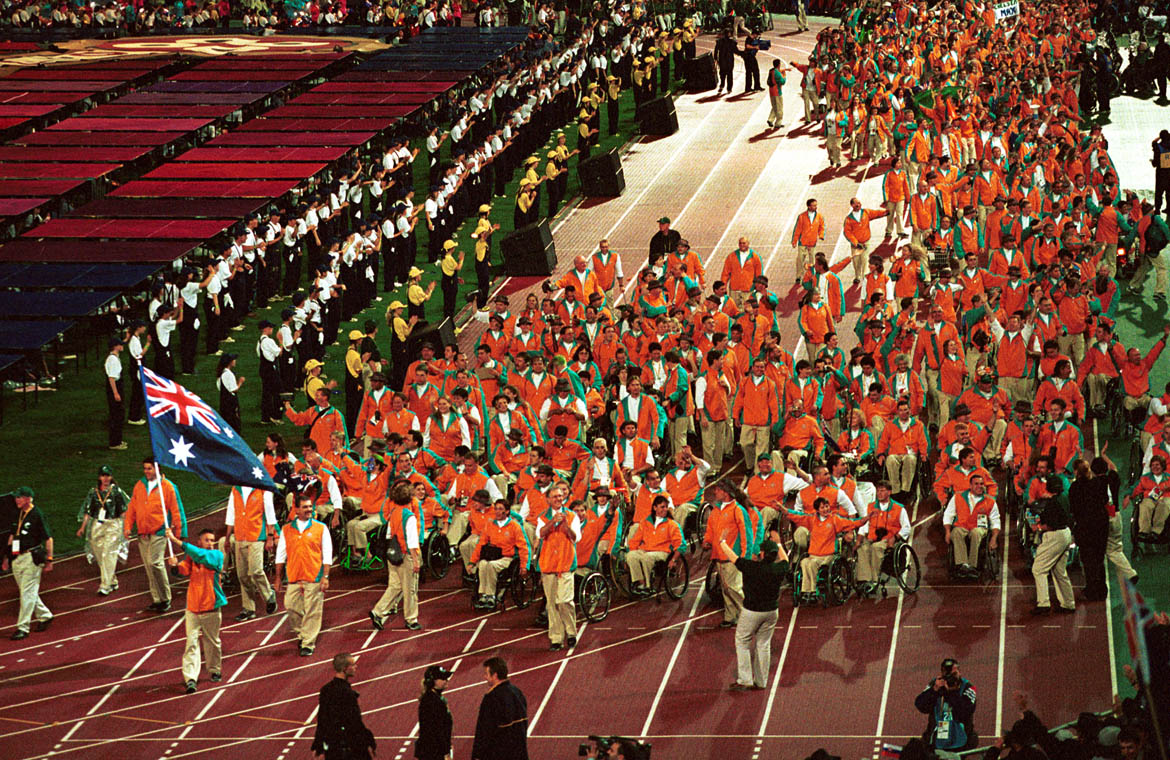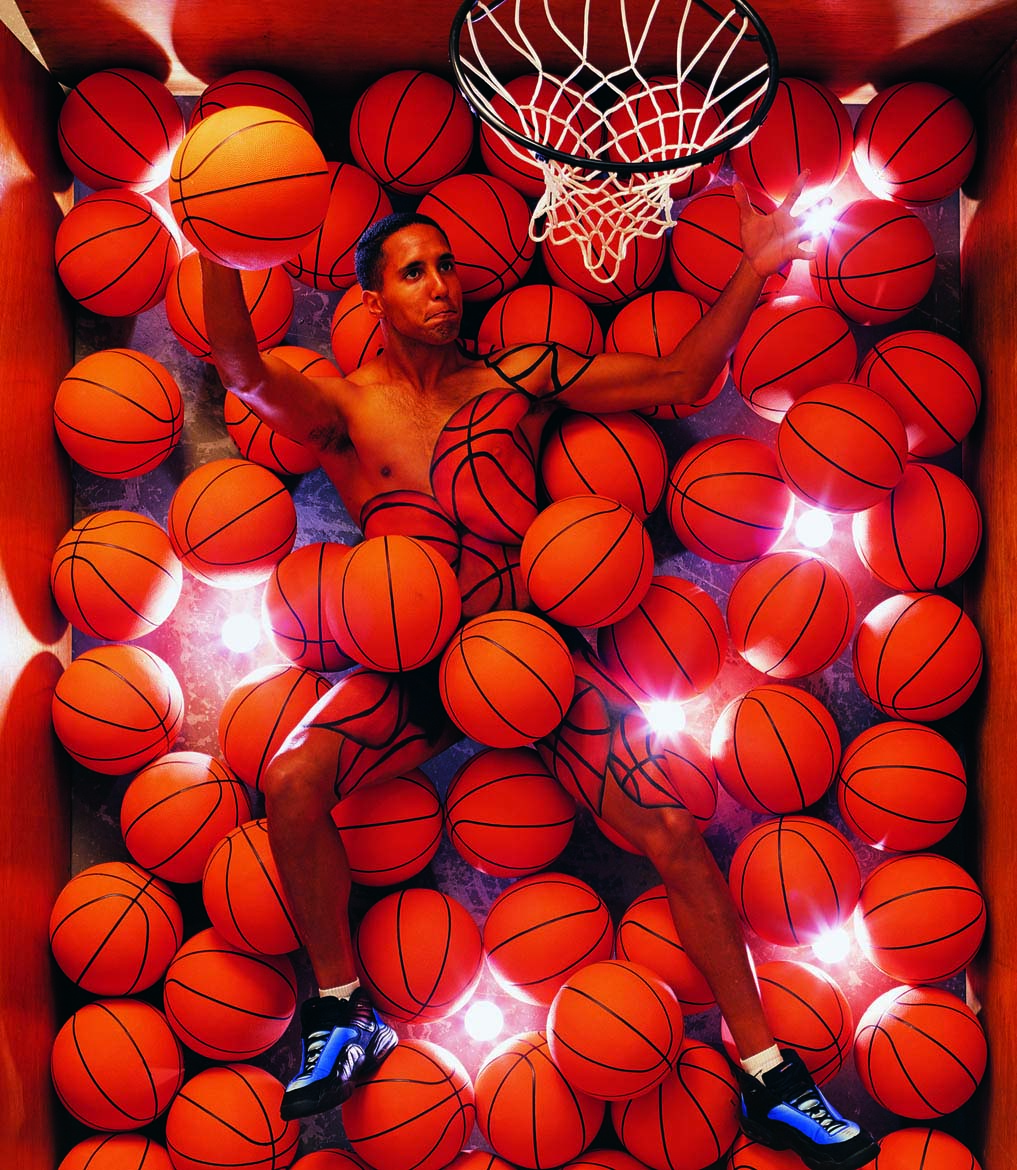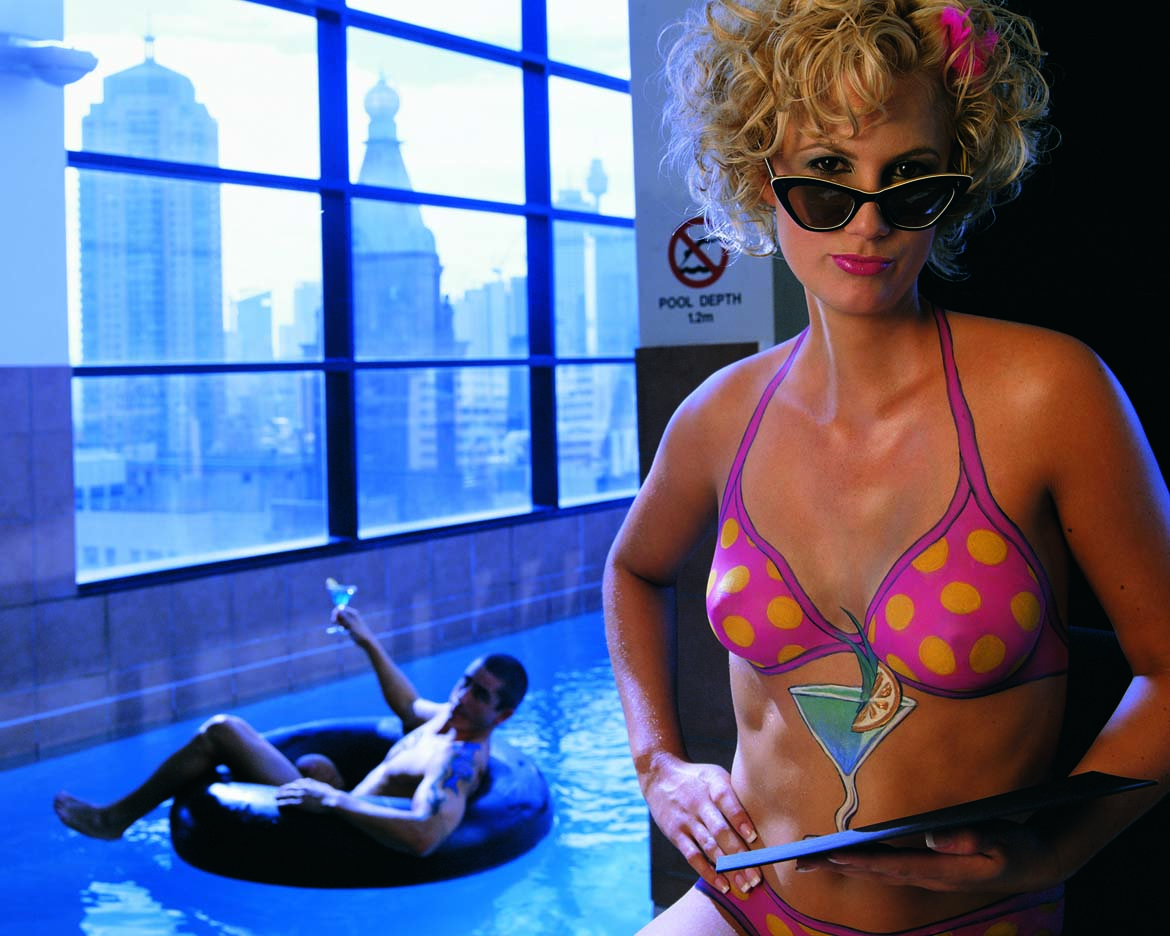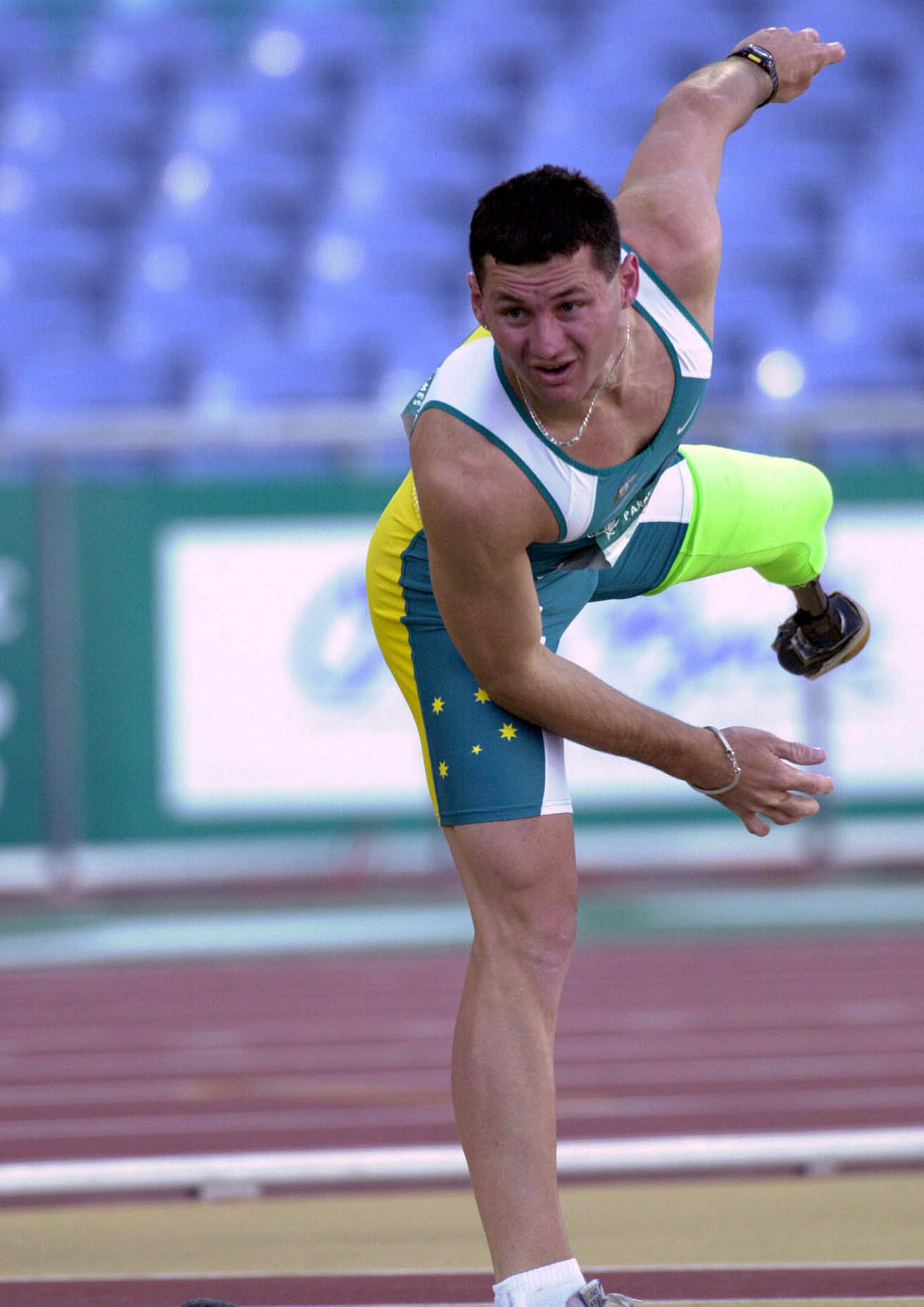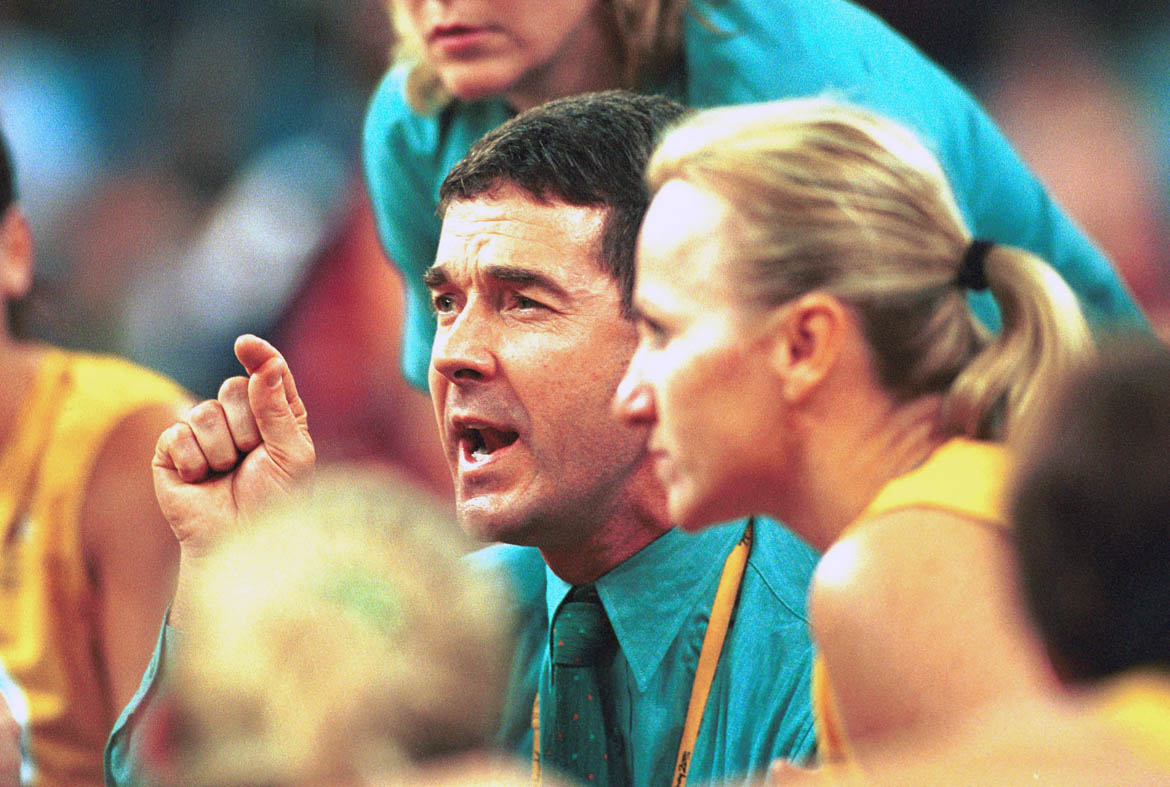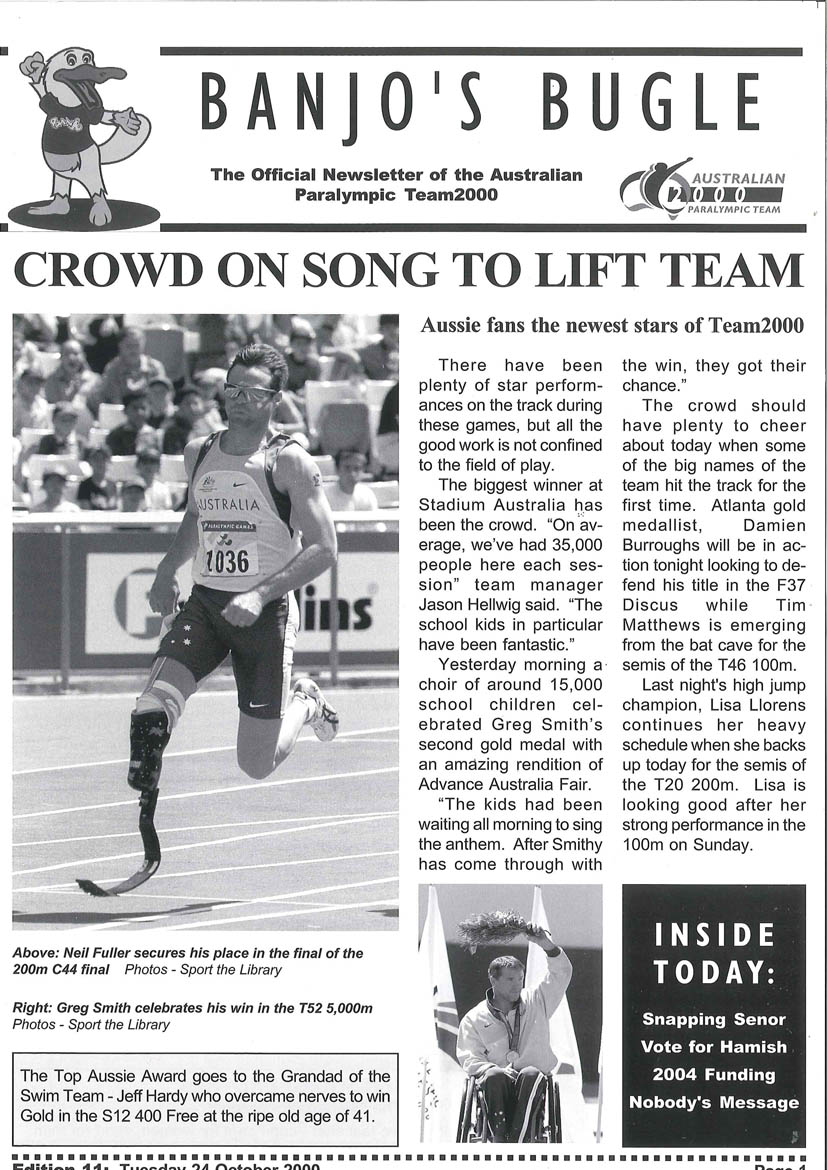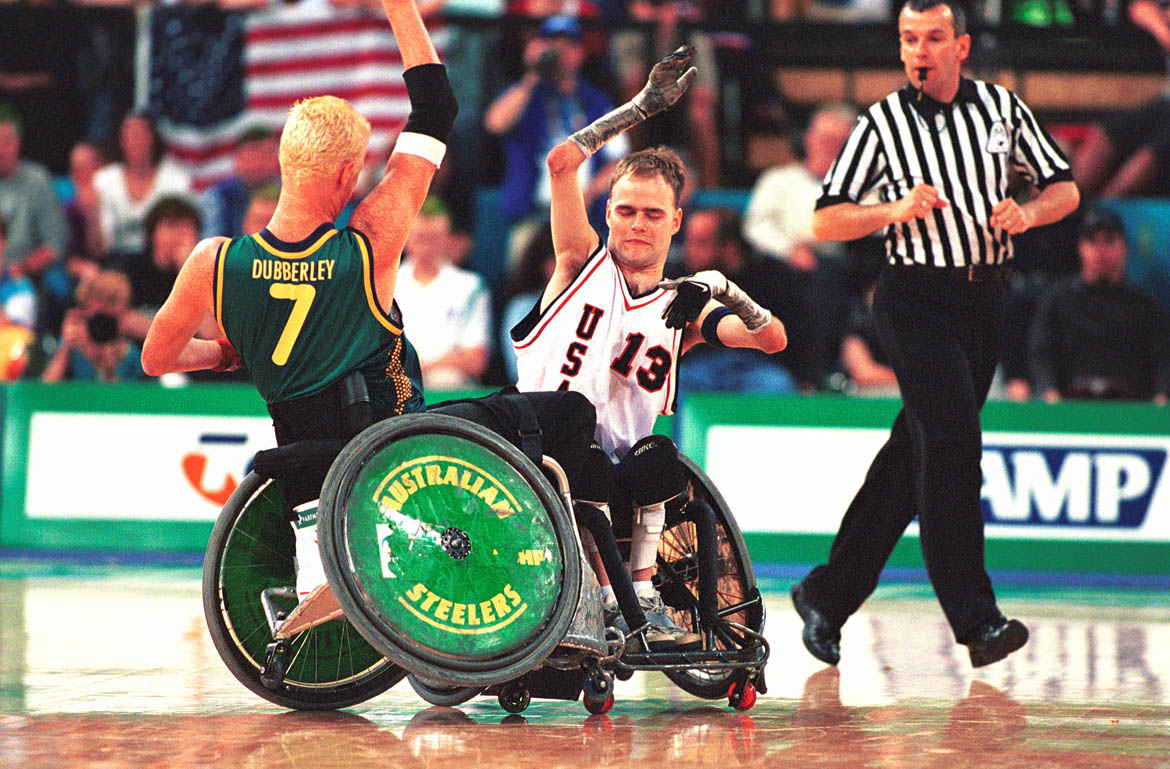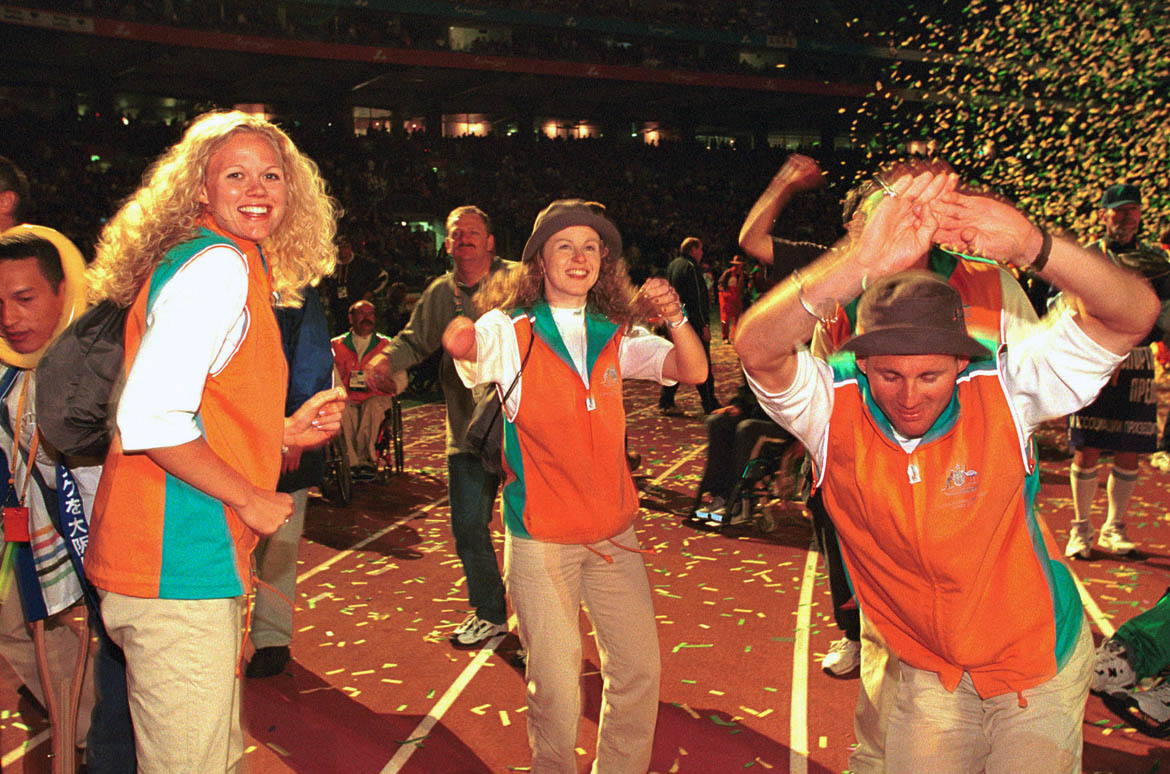
The Sydney Paralympics, held 18-29 October 2000, marked several significant milestones:
• It was the first Paralympics where the core services for sport delivery were provided by the same people who organised the preceding Olympics;
• It hosted the most athletes – 3,881 (2,891 men, 990 women) – ever to compete at a Paralympic Games (20% more than Atlanta);
• 16 new countries participated, the largest number of delegations to date;
• Unprecedented media coverage set a new standard, more than 2,000 media personnel worked in two pavilions in the Main Media Centre that operated round the clock;
• Record crowds and ticket sales, with more than 1.16 million spectators, more than triple the number in Atlanta;
• Special strategies attracted 340,000 school children; ticket concessions for Australia’s aging population drew 15,000 to watch events in person; and an affordable day pass allowed spectators to attend multiple events.
• It was the second time in Paralympic history that athletes from six disability groups participated – amputees, vision impaired, cerebral palsy, intellectually disability, les autres and spinal cord injuries;
• The program for athletes with an intellectual disability was considerably expanded: in Atlanta, there were 4 events; in Sydney there were 16 events in swimming, 14 in track and field, 2 in table tennis, and there was a male basketball competition with eight teams; and
• Sailing and wheelchair rugby were contested as full medal sports for the first time and powerlifting was opened up to female athletes.
The Sydney Paralympics increased disability awareness and education, and played a part in improving access provisions to sporting and cultural venues for wheelchair users and those with visual impairments.
Perhaps the most significant feature of the Sydney Games was how it changed the face of international disability sport. The traction gained by the Paralympics as a spectator sport, the shedding of the long-held notion of sport as rehabilitation and the unprecedented investment into winning by athletes, coaches and sport organisations created an international legacy that recognised Paralympians as elite athletes.
Unique/Special Features:
The Sydney Paralympics were marked by a controversial event that had severe long-term effects. After the Games, it was revealed that members of the gold medal Spanish men’s basketball team for athletes with an intellectual disability had fraudulently competed. A journalist, who had played on the team, published an article declaring that he and nine fellow players did not have an intellectual disability. They had been deliberately recruited to win medals and secure funding for the sport.
The lengthy negotiations that followed resulted in the suspension of all athletes with an intellectual disability from future Paralympic participation. They would not return to the Games until London in 2012.
Click ‘Begin’ at the bottom right to explore these Games further – images, video and audio clips, team lists, stories and more.


